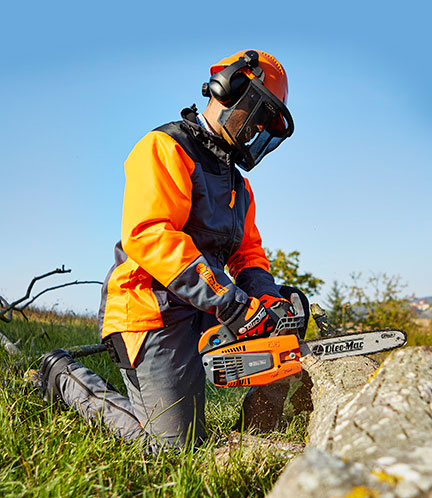Packaging companies are always striving to stay one step ahead of their competitors in providing the best solutions for product capacity.
Furthermore, in most cases, significant effort is devoted to the design of flexible machines: performance is expected to be high and consistent even if the packaged goods, packaging format, or packaging material are changed.
Materials, in particular, are heading for a revolution driven by the regulatory restrictions that will take effect over the next few years.
Read the articleCASE STUDY
Read the fascinating articles on the vast subject of structural engineering, beginning with a philosophical bent and arguing for the necessity of a skillful and artful intertwining of Engineering, Numerical Simulation, Art and Technology to achieve structures that are both eminently functional yet attractive and appealing.
civil-engineering

CASE STUDY
The avoidance or reduction of chainsaw kickback is a key safety feature for manufacturers. The challenges for engineers are to obtain more accurate analyses of the problem over the tool’s lifecycle.
maplesim maple mechanics ansys consumer-goods